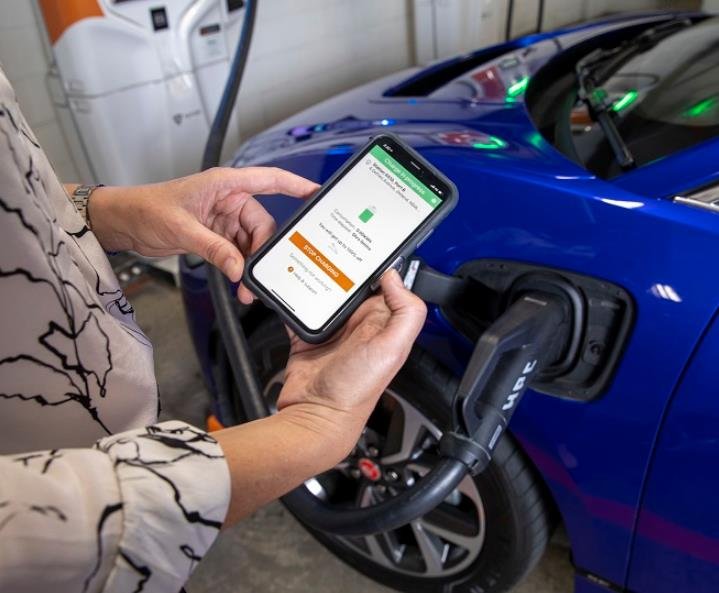The European Union is accelerating its push towards sustainability in the automotive industry, aiming for a large-scale transition to electric vehicles (EVs). However, the heavy reliance on Asian countries for battery production and other critical resources presents significant challenges. Effective cooperation between Europe and Asia is crucial to ensuring sustainable practices across automotive supply chains. Both regions have unique strengths to offer, whether through technical assistance or the implementation of stricter environmental regulations.
Aligning Green Policies: The European Green Deal and Beyond
The European Union has been a global leader in climate policy, launching initiatives like the European Green Deal. This ambitious plan seeks to reduce greenhouse gas emissions by 55% by 2030 and achieve climate neutrality by 2050. Such policies have a profound impact on the automotive industry, pushing automakers to adopt stricter environmental standards and invest in sustainable technologies.

Key Elements of the European Green Deal
- Circular Economy Action Plan: Promotes recycling and sustainable production methods.
- Corporate Sustainability Reporting Directive: Requires companies to disclose their environmental impact.
- Investment in Green Technologies: Encourages the development of cleaner and more efficient automotive solutions.
These initiatives have compelled leading European automakers like BMW, Mercedes-Benz, and Volkswagen to increase their sales of electric vehicles and invest in greener supply chains, aligning their operations with the EU’s long-term sustainability goals.
Challenges in the Automotive Supply Chain: Dependence on Asian Markets
While Europe is making significant strides towards sustainability, its dependence on Asian countries for critical components like EV batteries poses challenges. Over 95% of EV batteries in the European market are sourced from China, South Korea, and Japan. Additionally, crucial raw materials such as nickel, tin, bauxite, and copper are predominantly mined in Southeast Asia.
Critical Issues in Sustainable Sourcing
| Material | Source Countries | Environmental Concerns |
|---|---|---|
| Nickel | Indonesia, Vietnam | High carbon emissions from mining processes |
| Tin | Indonesia | Deforestation and habitat destruction |
| Bauxite | Indonesia | Soil erosion and water pollution |
| Copper | Indonesia, Vietnam | Extensive land degradation and water usage |
The carbon-intensive mining processes, especially for Class 1 nickel used in EV batteries, undermine the overall sustainability efforts. Moreover, the use of coal-powered charging stations for EVs further offsets the environmental benefits of transitioning to electric mobility.
Bridging the Gap: Collaborative Solutions for a Sustainable Future
To address these challenges, Europe and Asia must collaborate closely, leveraging each other’s strengths to create more sustainable automotive supply chains. This cooperation can take various forms, including technical assistance, stricter environmental regulations, and shared investments in green technologies.
Strategies for Enhanced Collaboration
- Technical Assistance: Europe can provide expertise and technology to help Asian manufacturers adopt more sustainable practices.
- Regulatory Alignment: Harmonizing environmental standards ensures that both regions are working towards common sustainability goals.
- Joint Investments: Collaborative investments in battery production and recycling facilities can reduce the environmental impact of critical raw materials.
By working together, Europe and Asia can ensure the sustainable sourcing of raw materials, reduce carbon emissions in manufacturing processes, and promote the use of renewable energy sources in EV production.
The Role of Innovation and Regulation in Driving Sustainability
Innovation and regulation are pivotal in driving the automotive industry’s transition to greener practices. European green policies have set a high bar, encouraging automakers to innovate and invest in cleaner technologies. However, Asian industry players have been slower to adopt these standards, often criticized for greenwashing and maintaining lenient carbon practices.
Balancing Innovation with Regulation
- European Initiatives: Support the development of low-carbon technologies and enforce stringent environmental regulations.
- Asian Response: Encourage genuine sustainability efforts rather than superficial greenwashing to maintain competitiveness in the global market.
The European Union must balance its green normative power with people-centered approaches, recognizing the historical responsibilities of developed nations and supporting developing Asian countries in their transition to low-carbon production methods.
Future Outlook: Building a Resilient and Sustainable Automotive Supply Chain
The path forward requires a resilient and sustainable automotive supply chain that integrates the strengths of both Europe and Asia. By fostering cooperation and aligning sustainability goals, both regions can overcome the challenges posed by their interdependent supply chains.
Key Takeaways for a Sustainable Transition
- Sustainable Sourcing: Ensure the responsible extraction and use of critical raw materials.
- Technological Innovation: Invest in advanced technologies to reduce the environmental footprint of automotive manufacturing.
- Policy Harmonization: Align regulations to promote consistent sustainability standards across regions.
- Community Engagement: Support local communities in adopting sustainable practices through education and resources.
The collaborative efforts between Europe and Asia will be instrumental in driving the automotive industry’s green transition, ultimately contributing to a more sustainable and economically stable global economy.
















